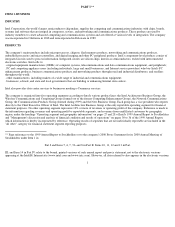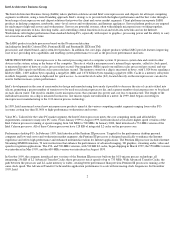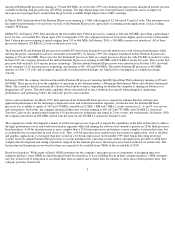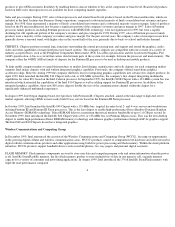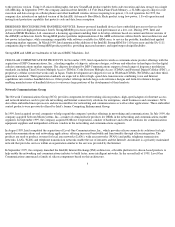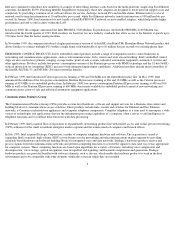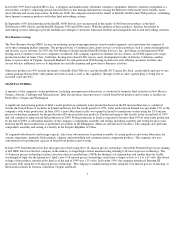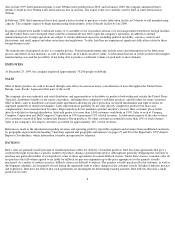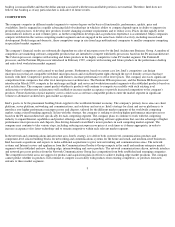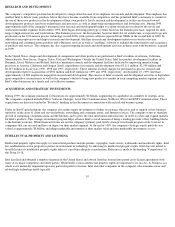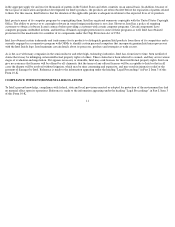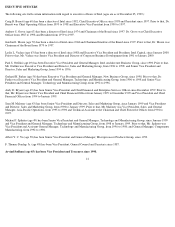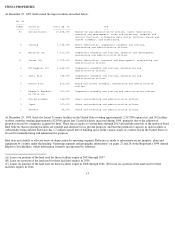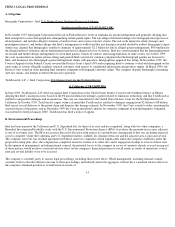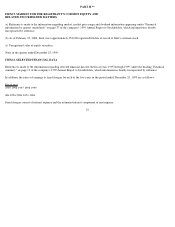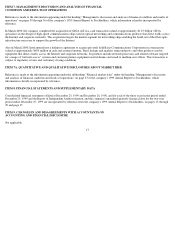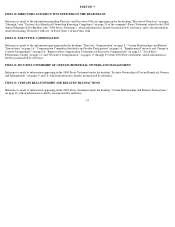Intel 1999 Annual Report Download - page 14
Download and view the complete annual report
Please find page 14 of the 1999 Intel annual report below. You can navigate through the pages in the report by either clicking on the pages listed below, or by using the keyword search tool below to find specific information within the annual report.in the aggregate apply for and receive thousands of patents in the United States and other countries on an annual basis. In addition, because of
the fast pace of innovation and product development for Intel's products, the products are often obsolete before the expiration of patents related
to them. For this reason, Intel believes that the duration of the applicable patents is adequate in relation to the expected lives of its products.
Intel protects many of its computer programs by copyrighting them. Intel has registered numerous copyrights with the United States Copyright
Office. The ability to protect or to copyright software in some foreign jurisdictions is not clear. However, Intel has a policy of requiring
customers to obtain a software license contract before providing a customer with certain computer programs. Certain components have
computer programs embedded in them, and Intel has obtained copyright protection for some of these programs as well. Intel has obtained
protection for the maskworks for a number of its components under the Chip Protection Act of 1984.
Intel has obtained certain trademarks and trade names for its products to distinguish genuine Intel products from those of its competitors and is
currently engaged in a cooperative program with OEMs to identify certain personal computers that incorporate genuine Intel microprocessors
with the Intel Inside logo. Intel maintains certain details about its processes, products and strategies as trade secrets.
As is the case with many companies in the semiconductor and other high- technology industries, Intel has, from time to time, been notified of
claims that it may be infringing certain intellectual property rights of others. These claims have been referred to counsel, and they are in various
stages of evaluation and negotiation. If it appears necessary or desirable, Intel may seek licenses for these intellectual property rights. Intel can
give no assurance that licenses will be offered by all claimants, that the terms of any offered licenses will be acceptable to Intel or that in all
cases the dispute will be resolved without litigation, which may be time consuming and expensive, and may result in injunctive relief or the
payment of damages by Intel. Reference is made to the information appearing under the heading "Legal Proceedings" in Part I, Item 3 of this
Form 10-K.
COMPLIANCE WITH ENVIRONMENTAL REGULATIONS
To Intel's present knowledge, compliance with federal, state and local provisions enacted or adopted for protection of the environment has had
no material effect upon its operations. Reference is made to the information appearing under the heading "Legal Proceedings" in Part I, Item 3
of this Form 10-K.
11


